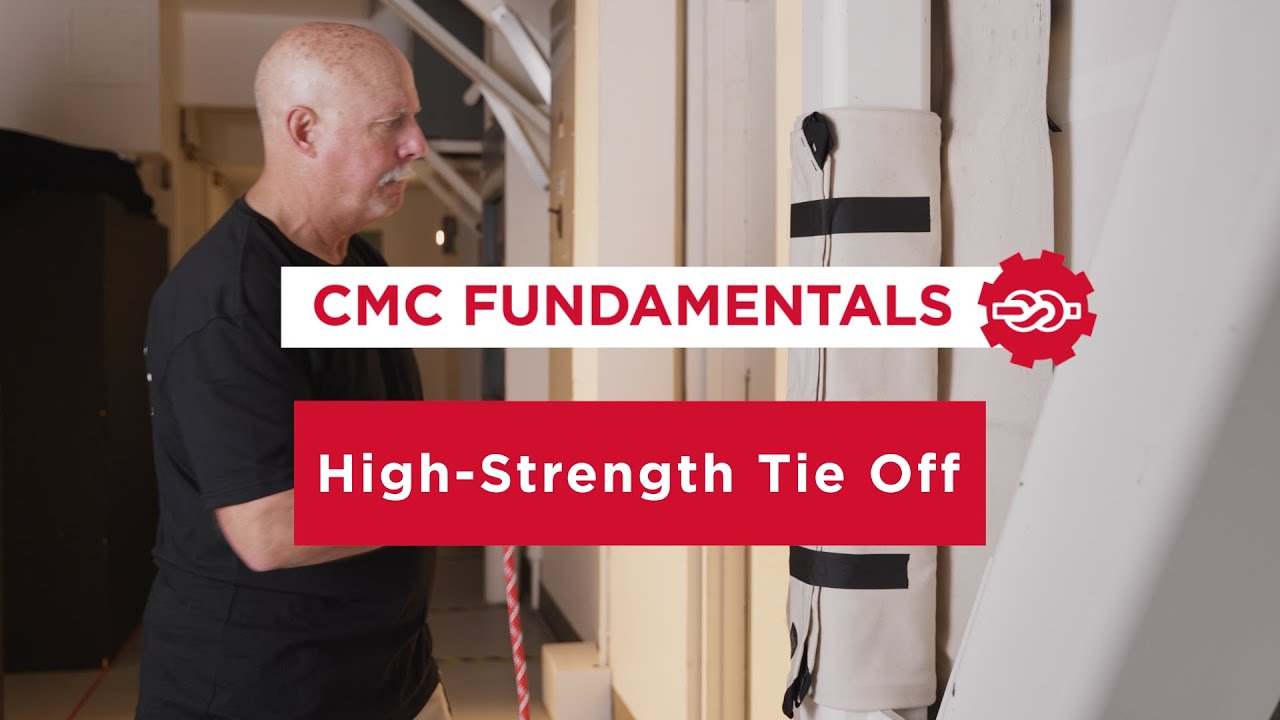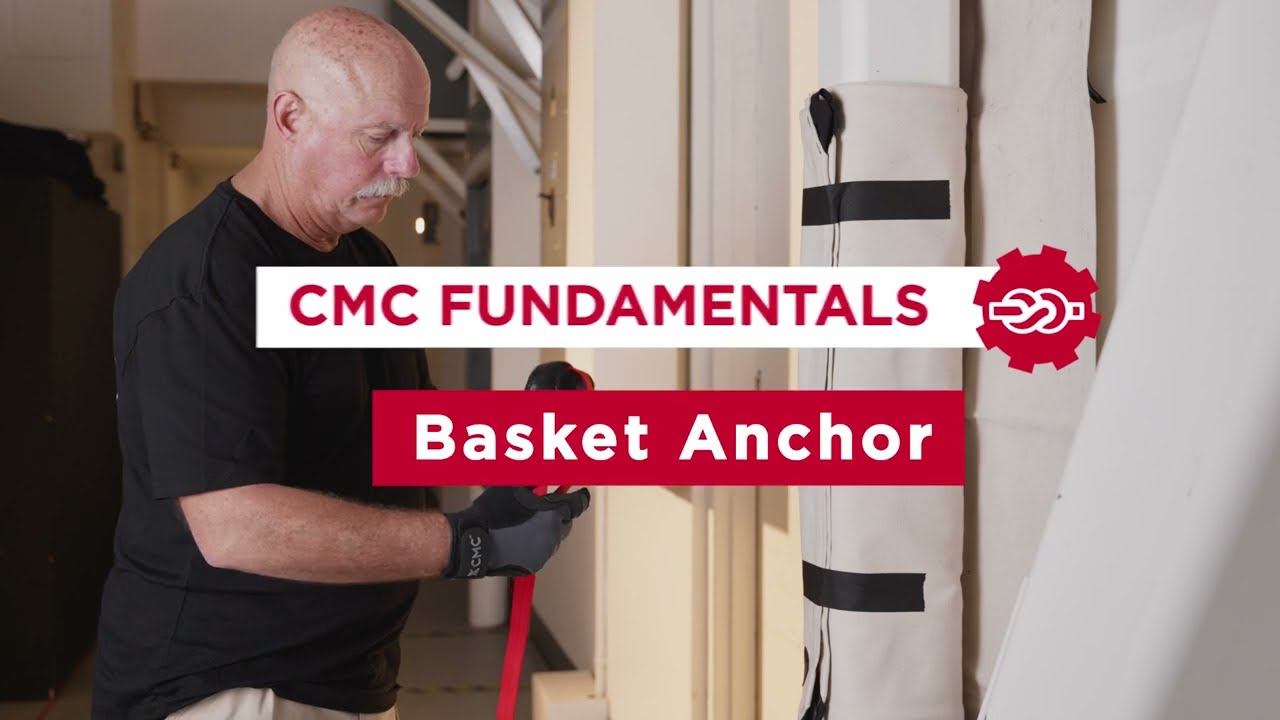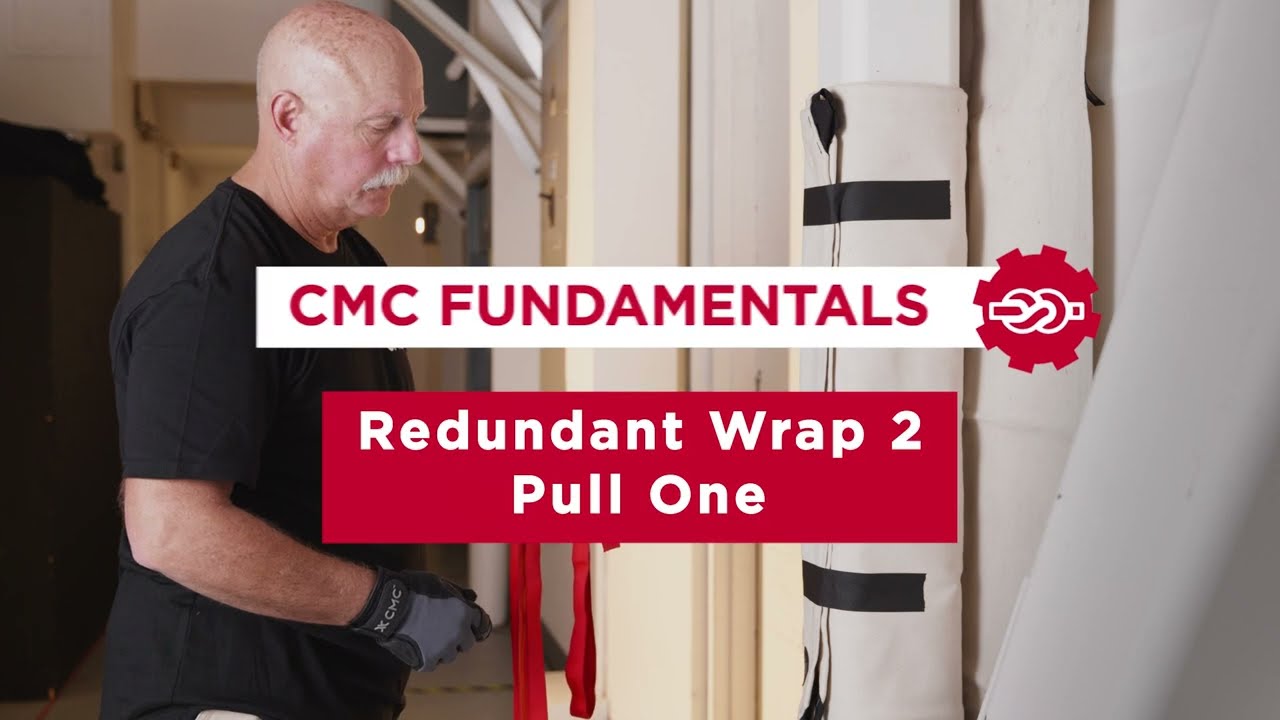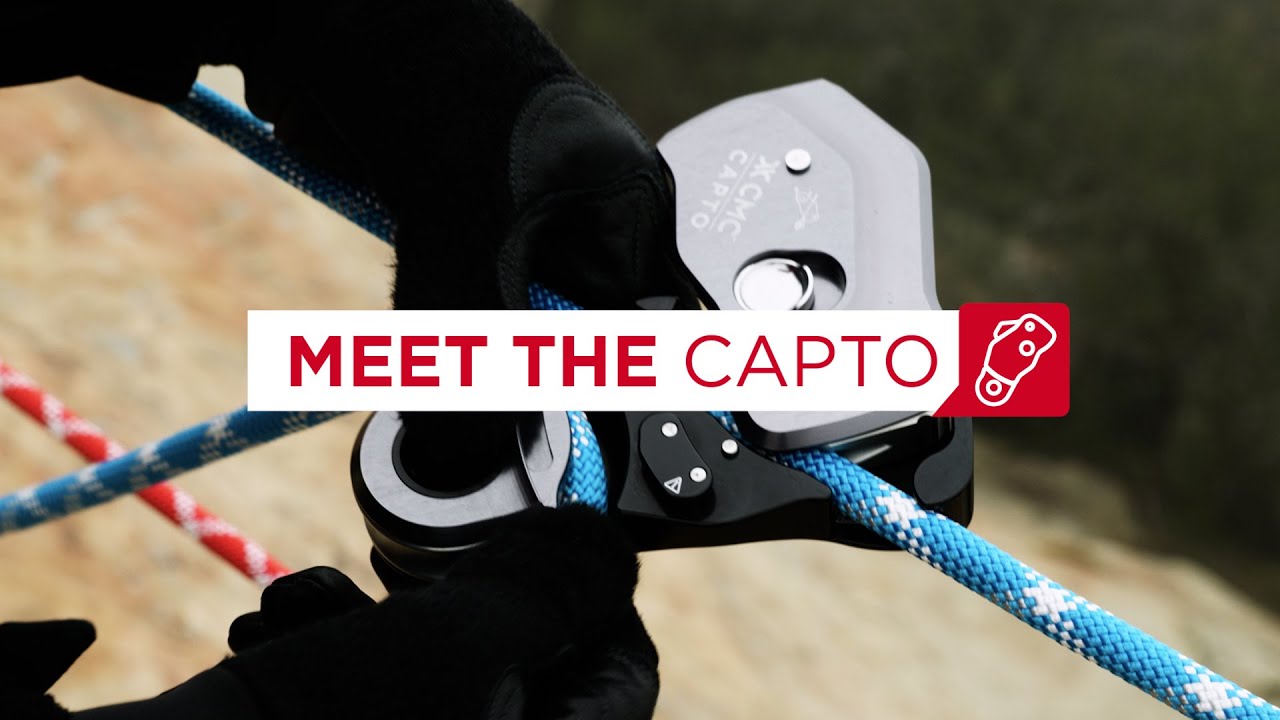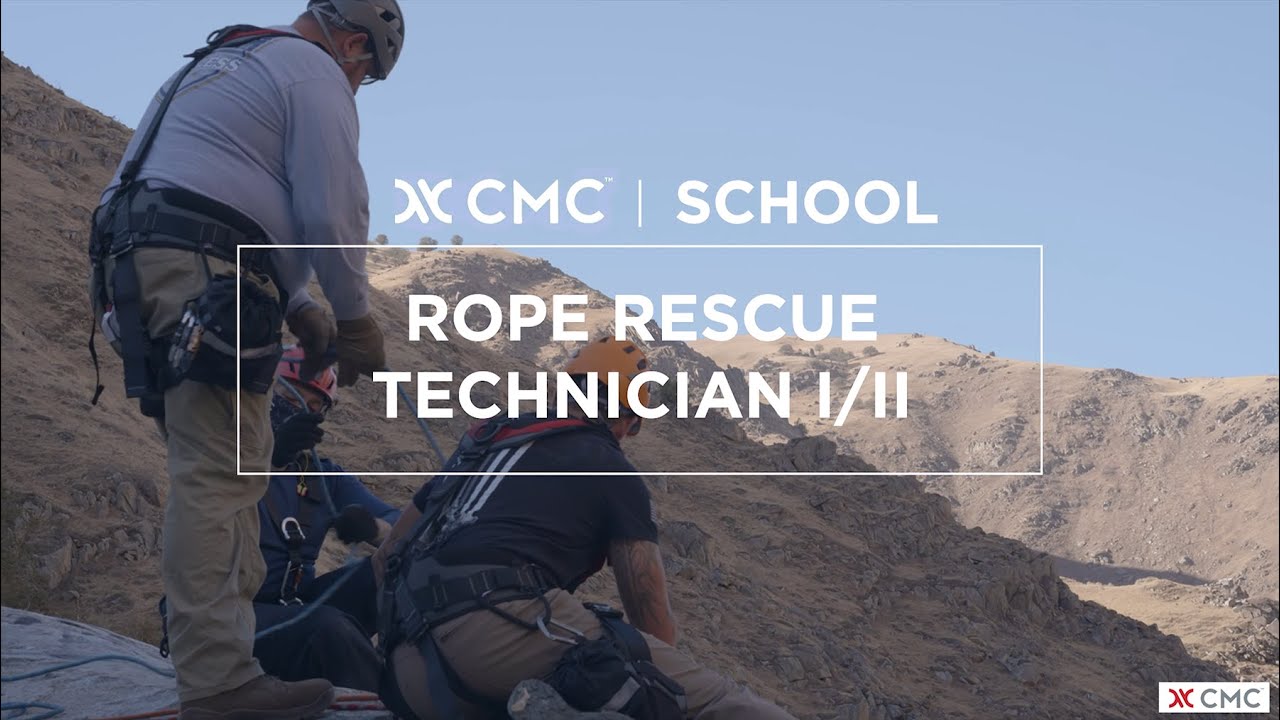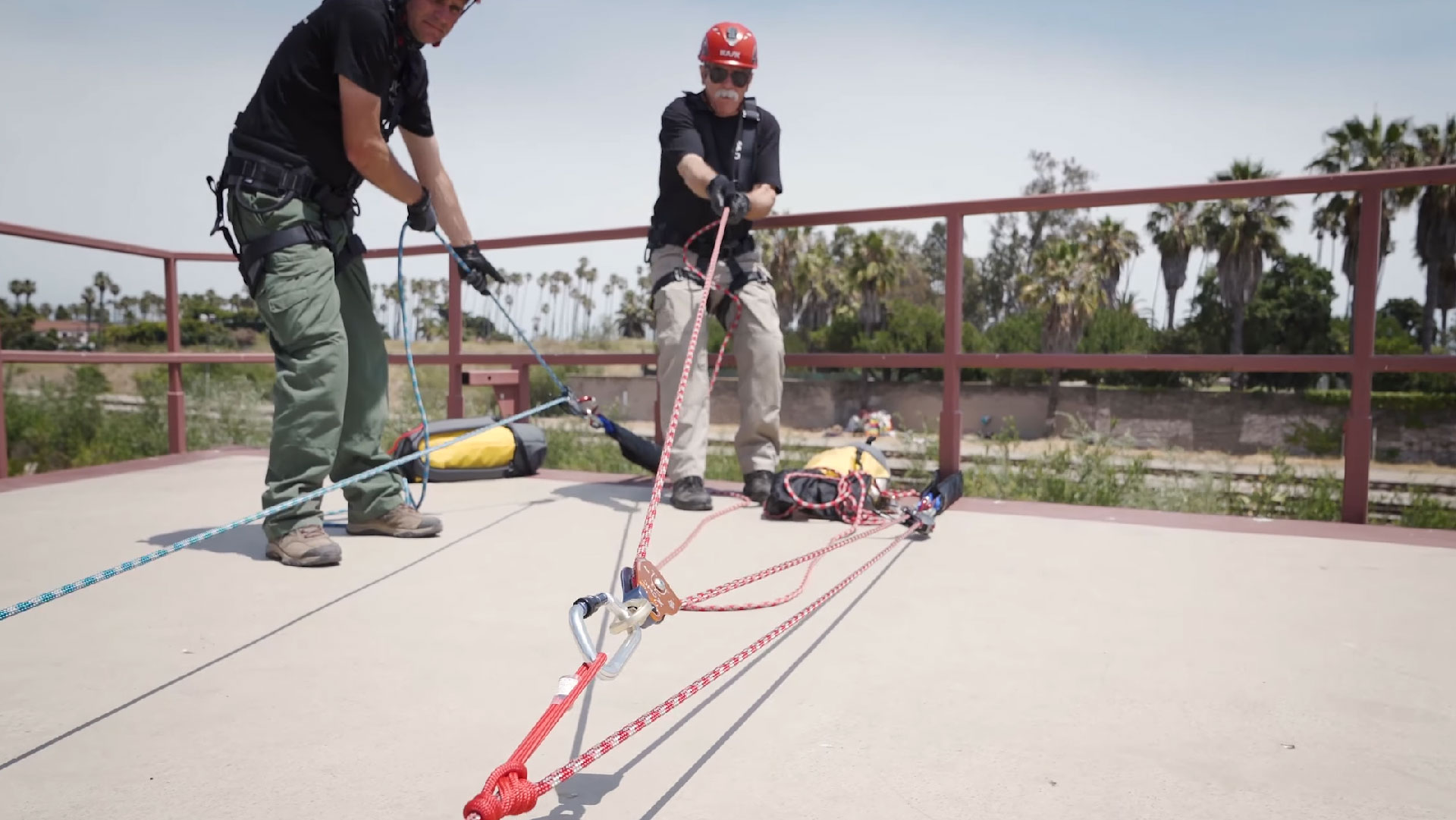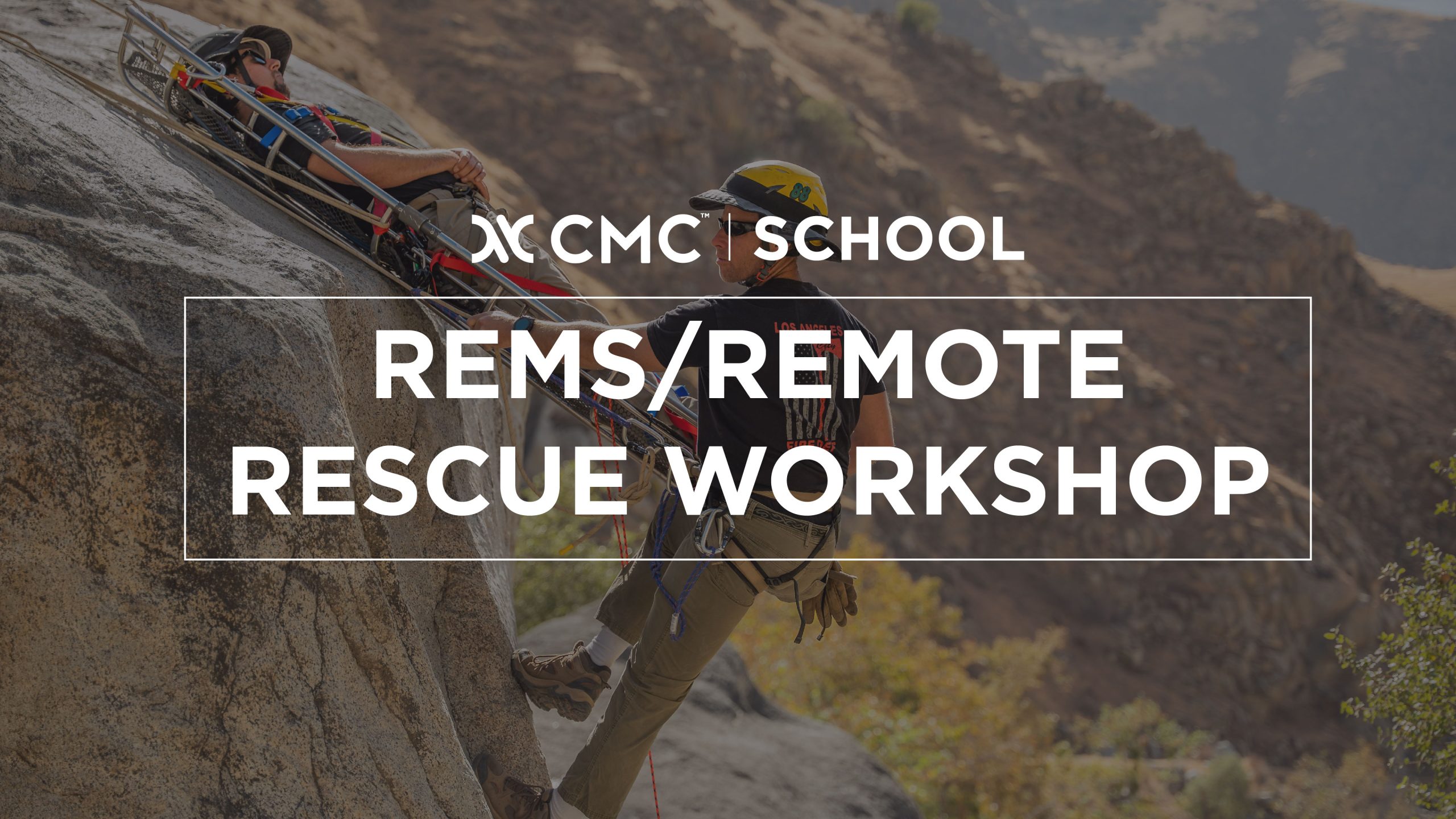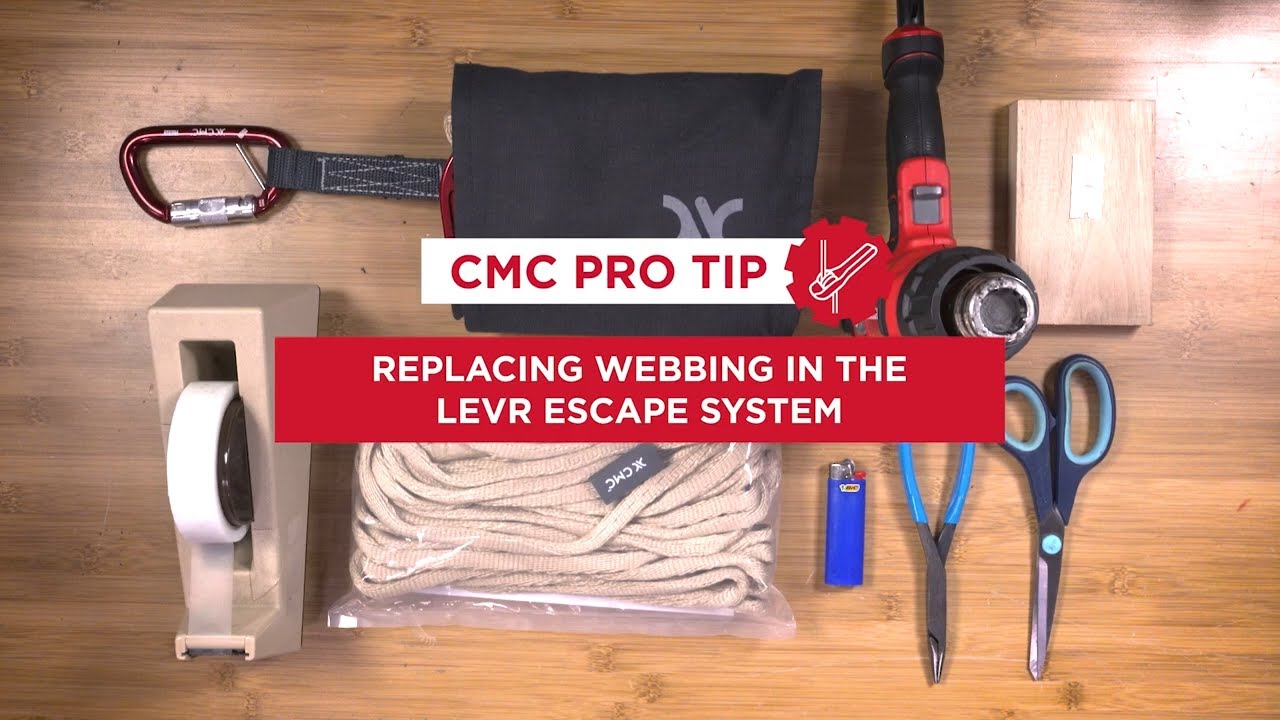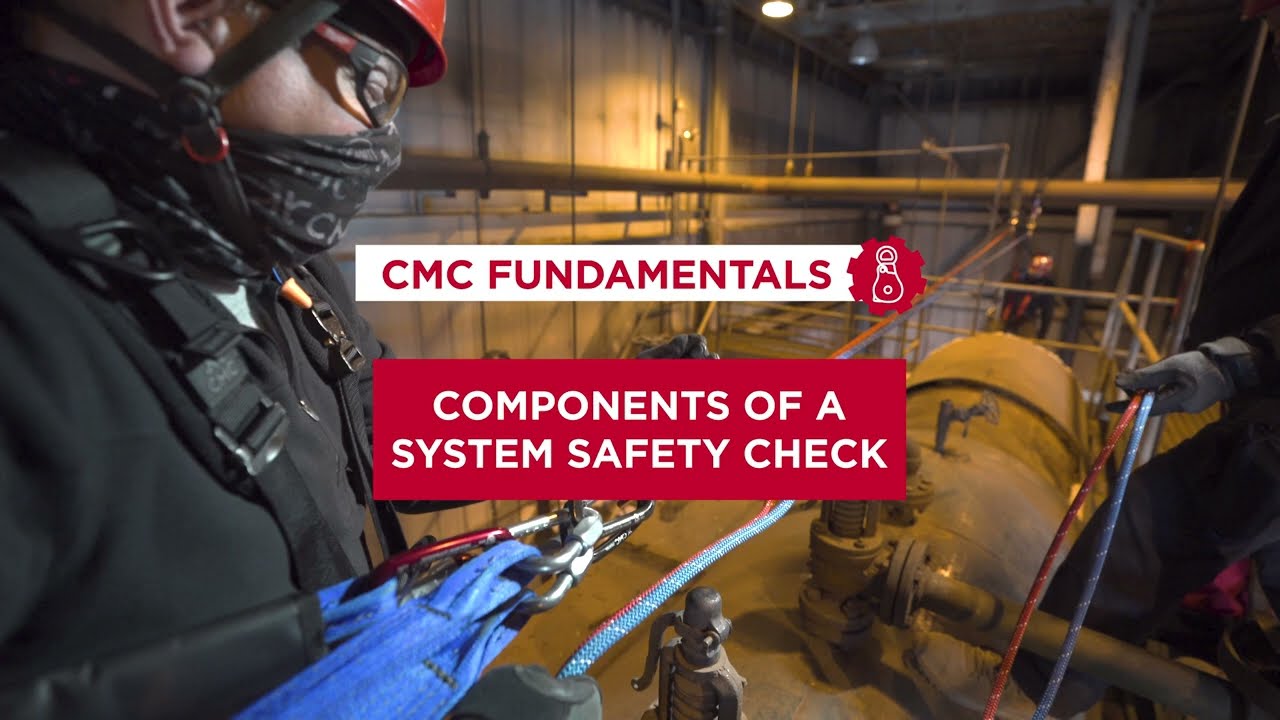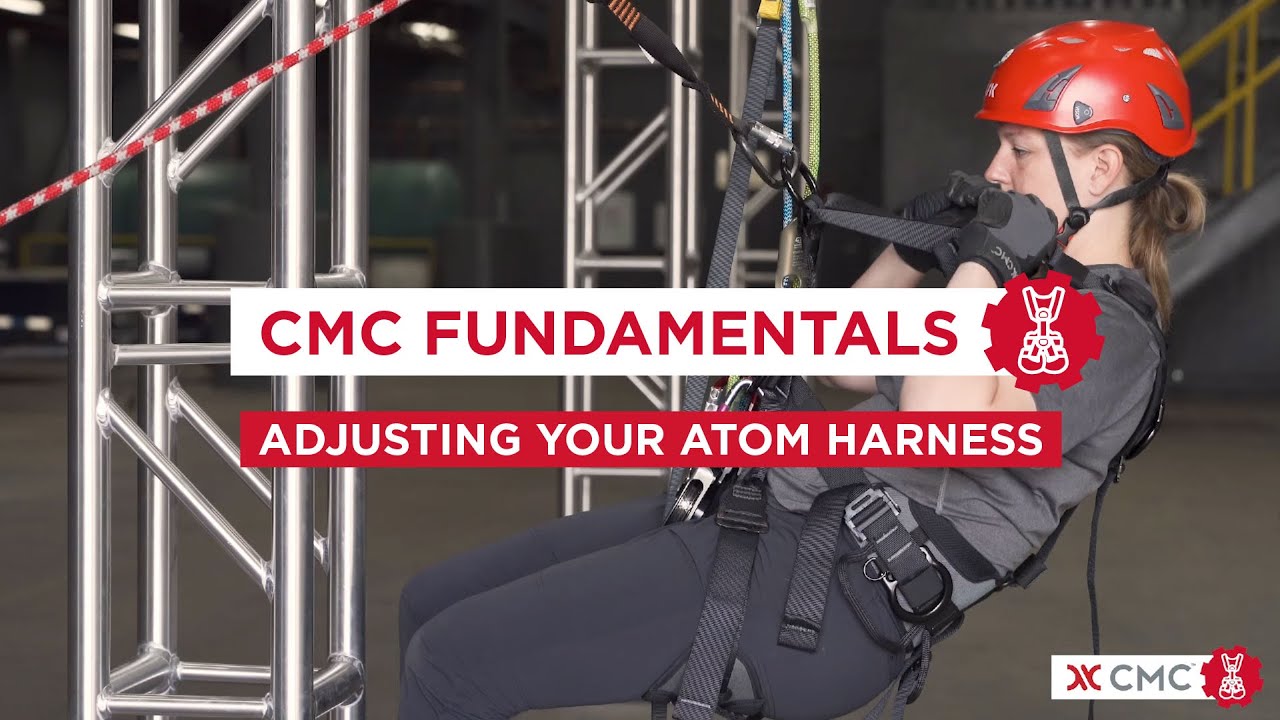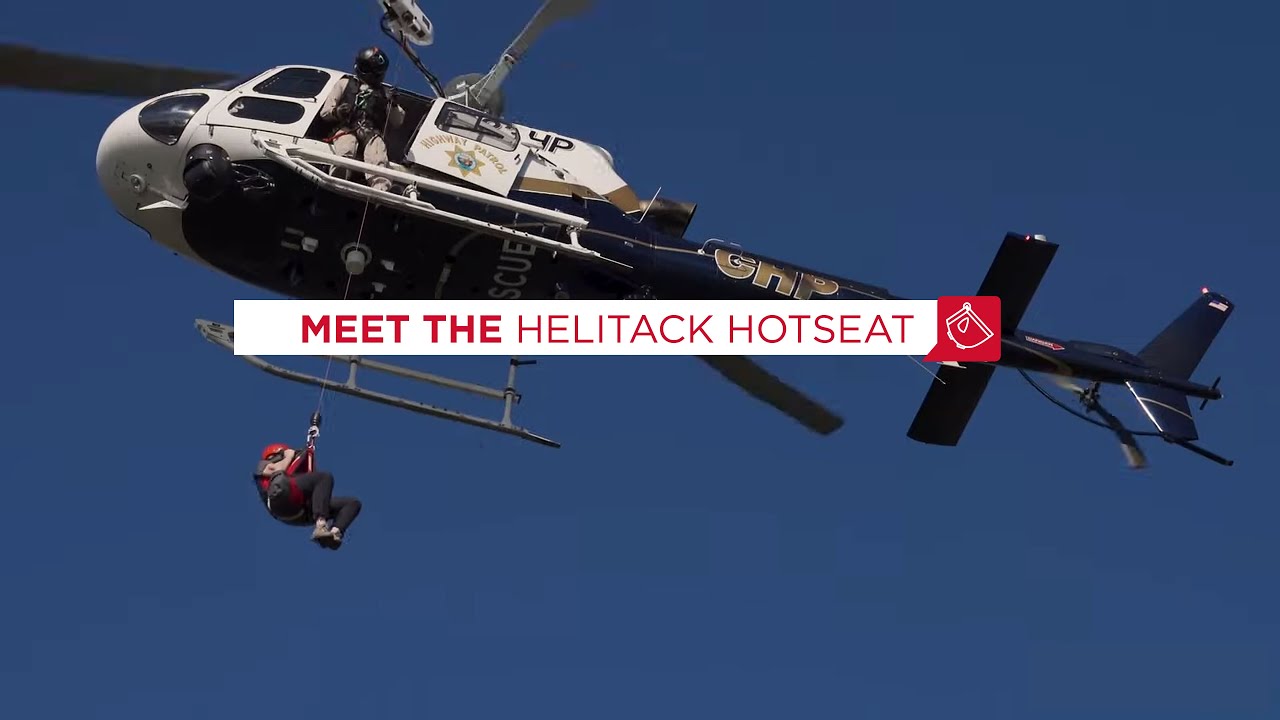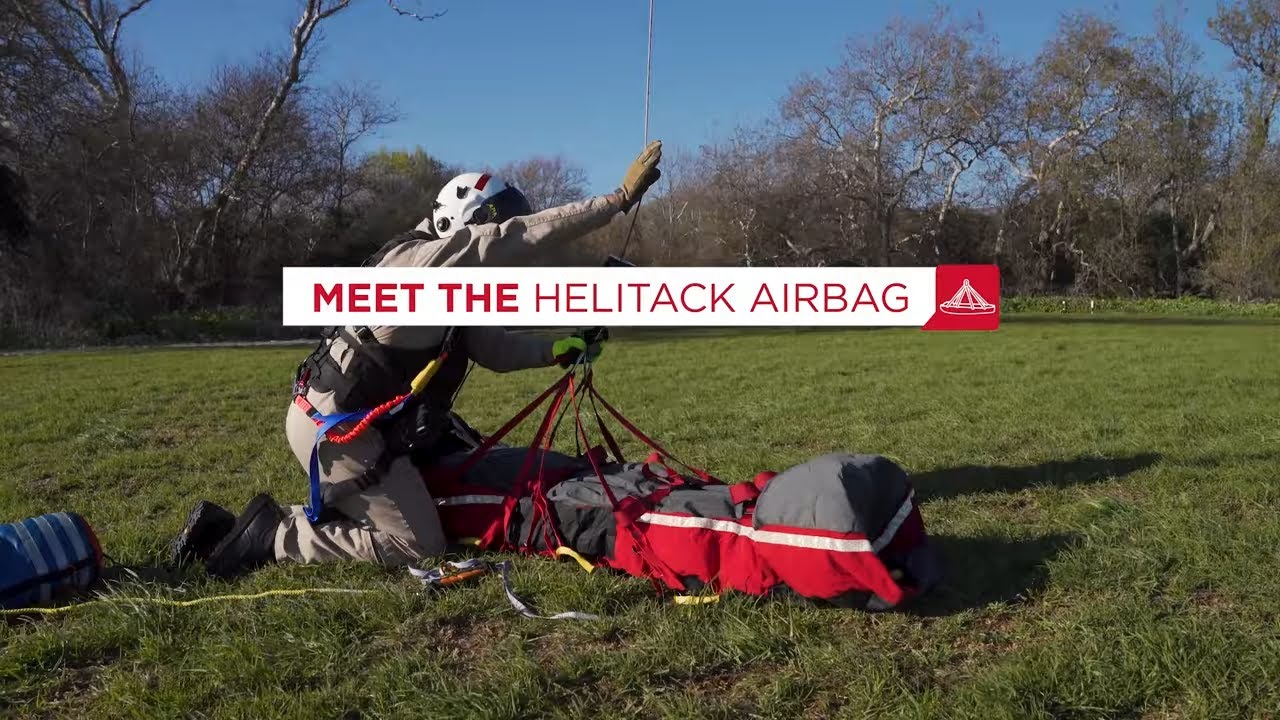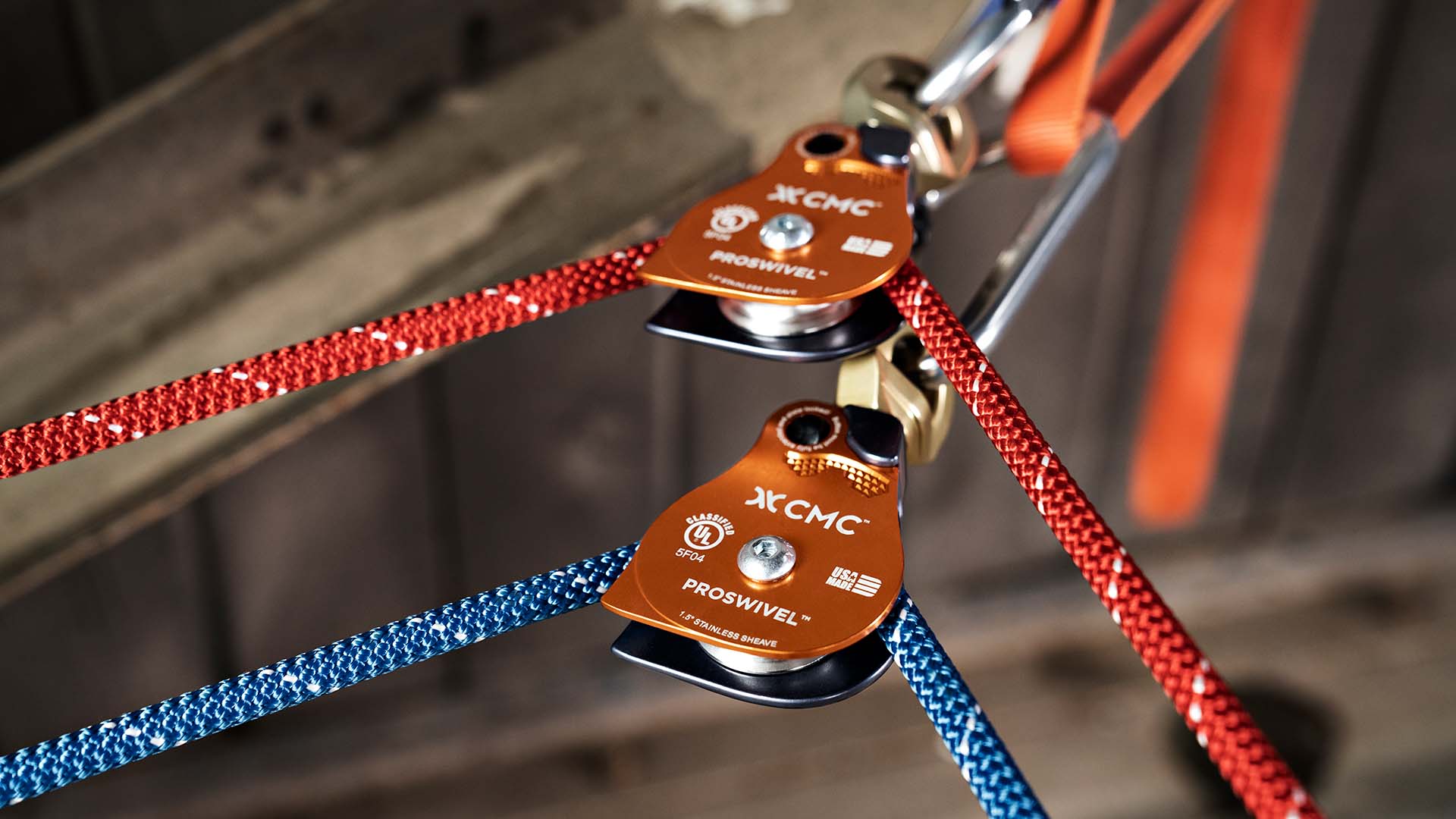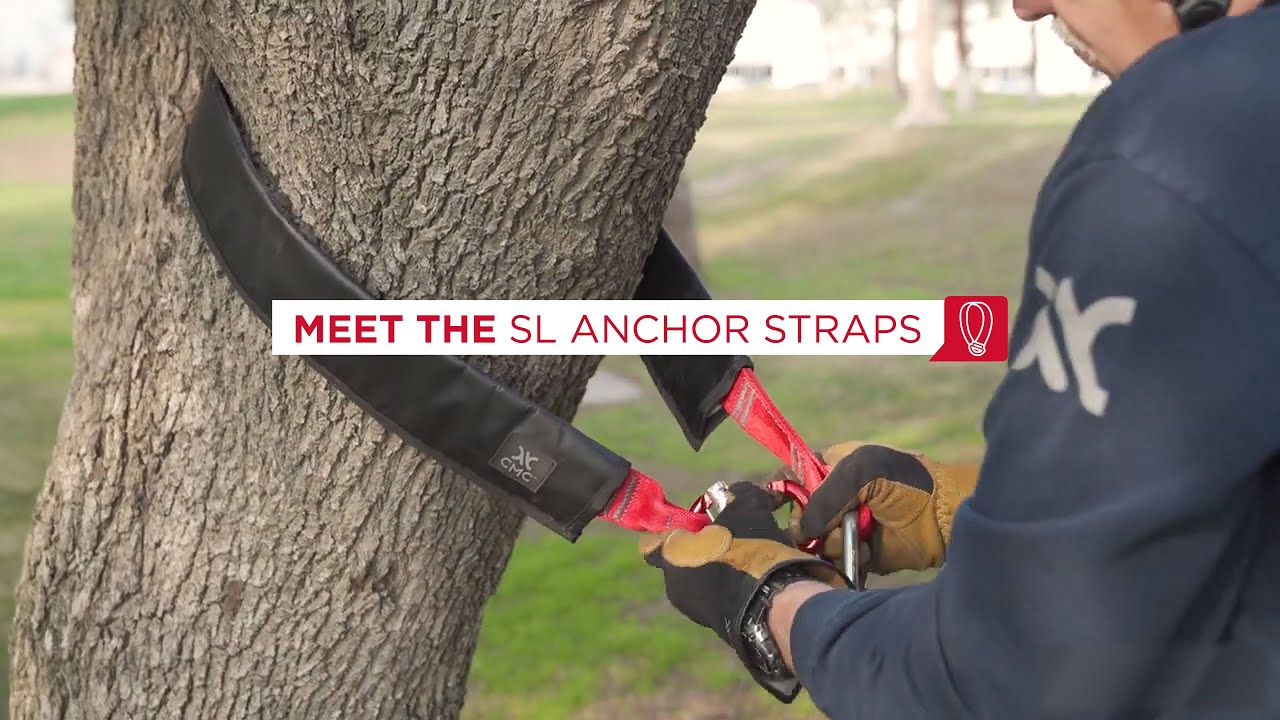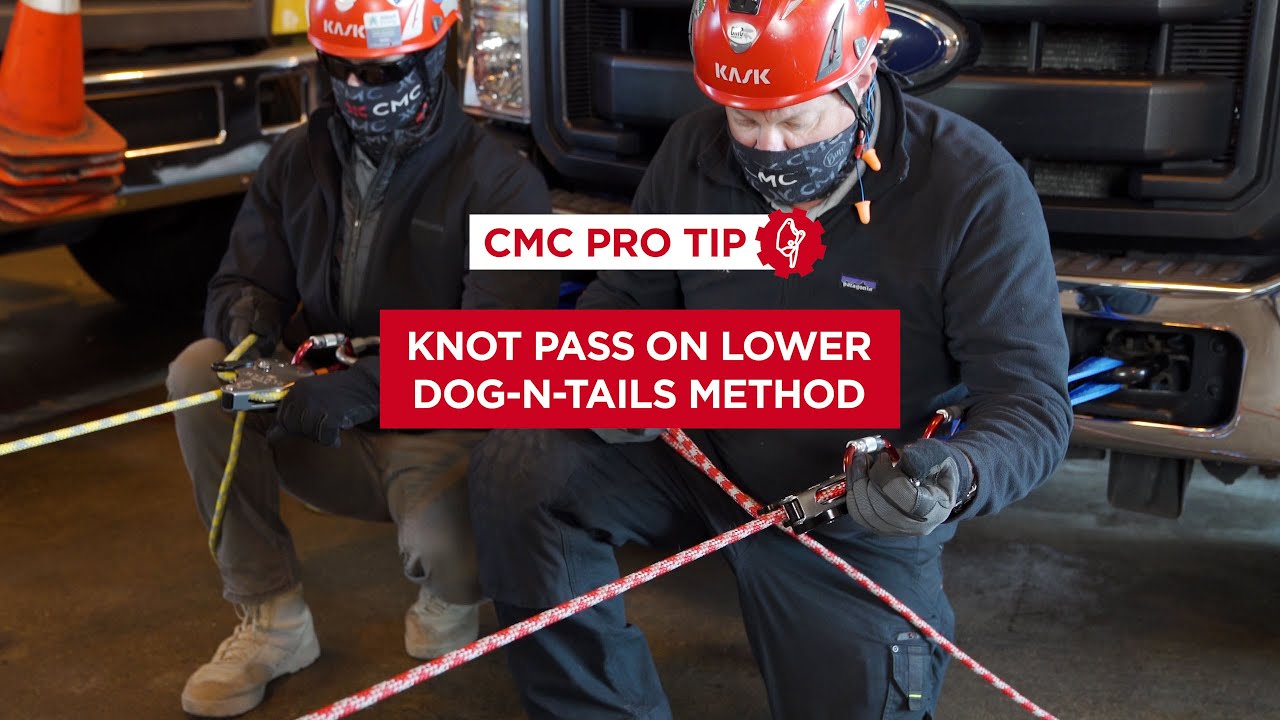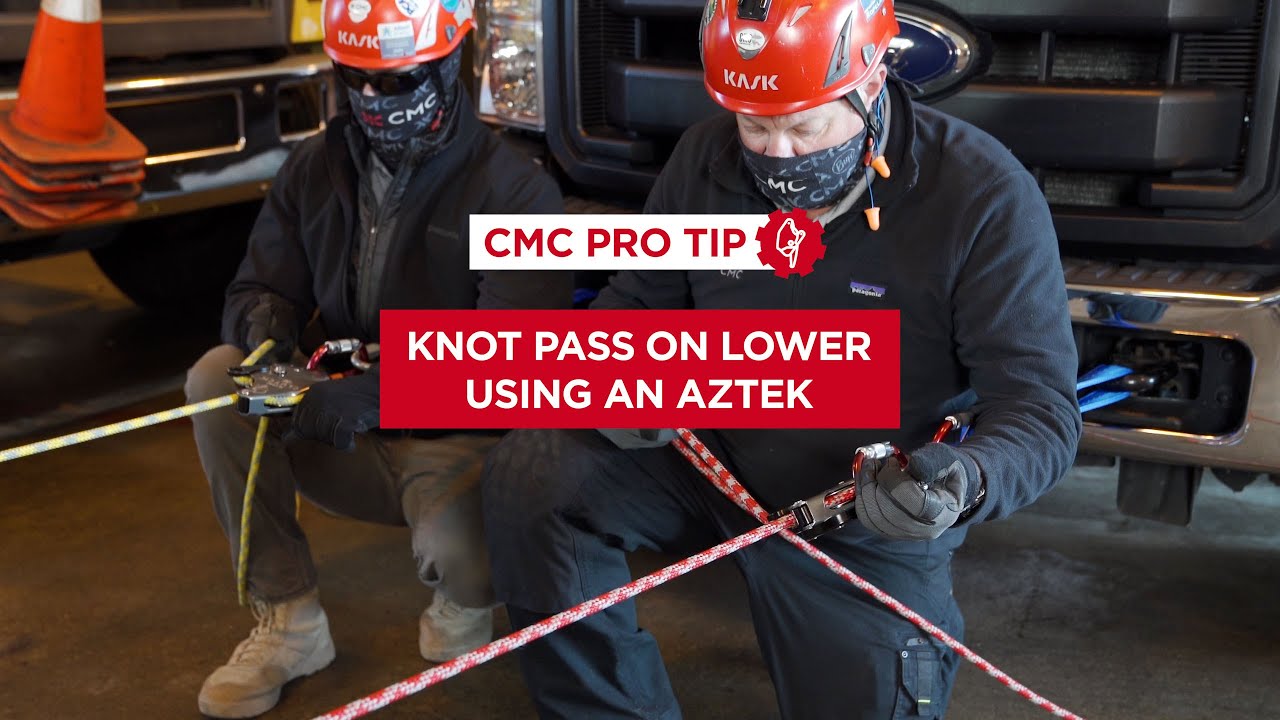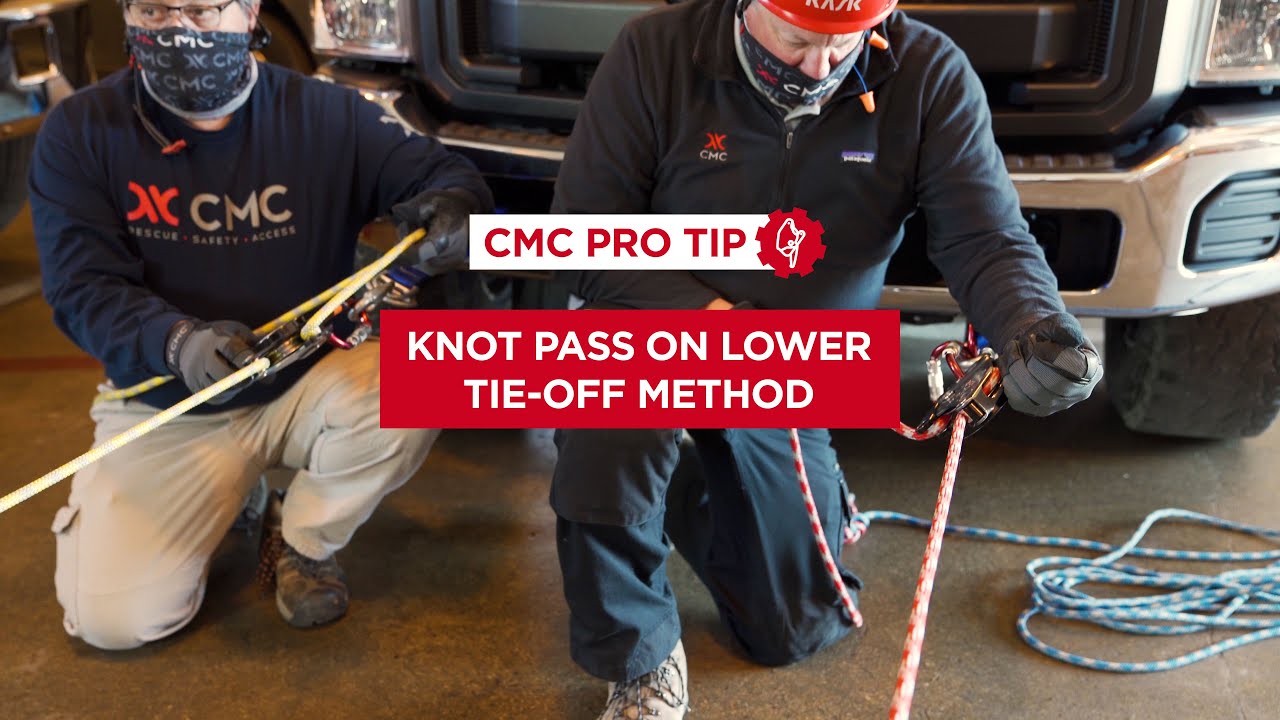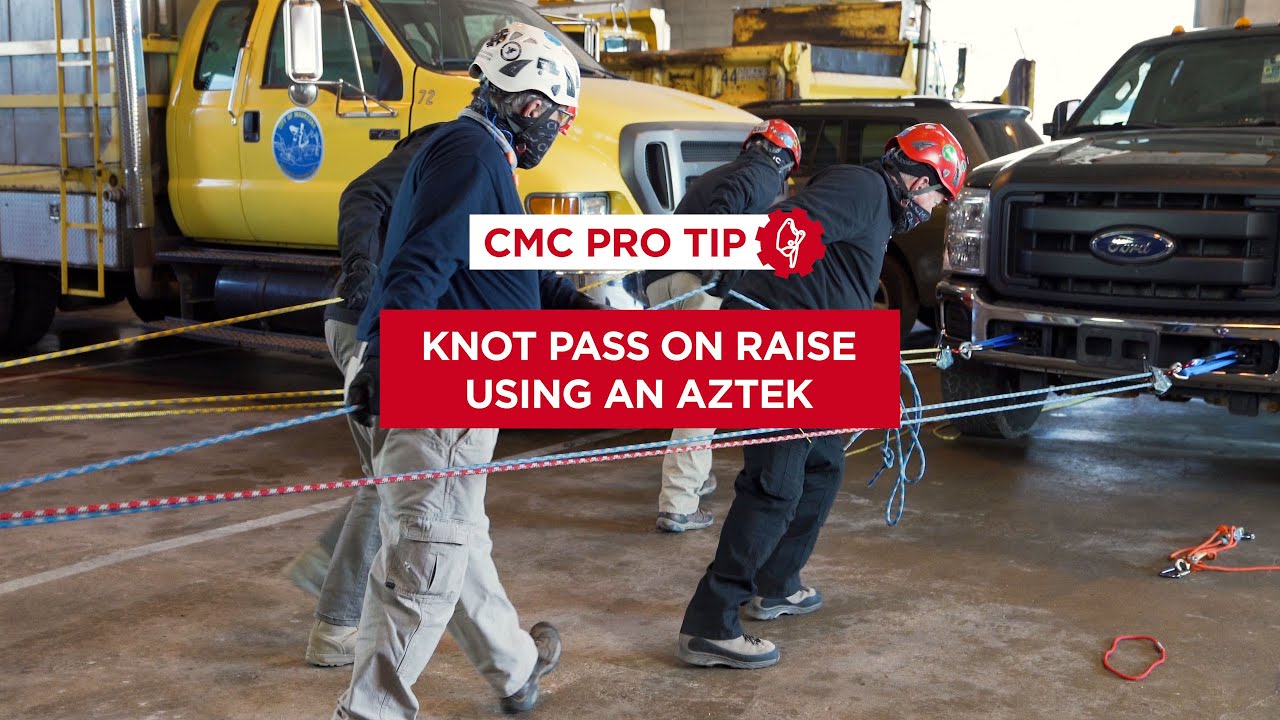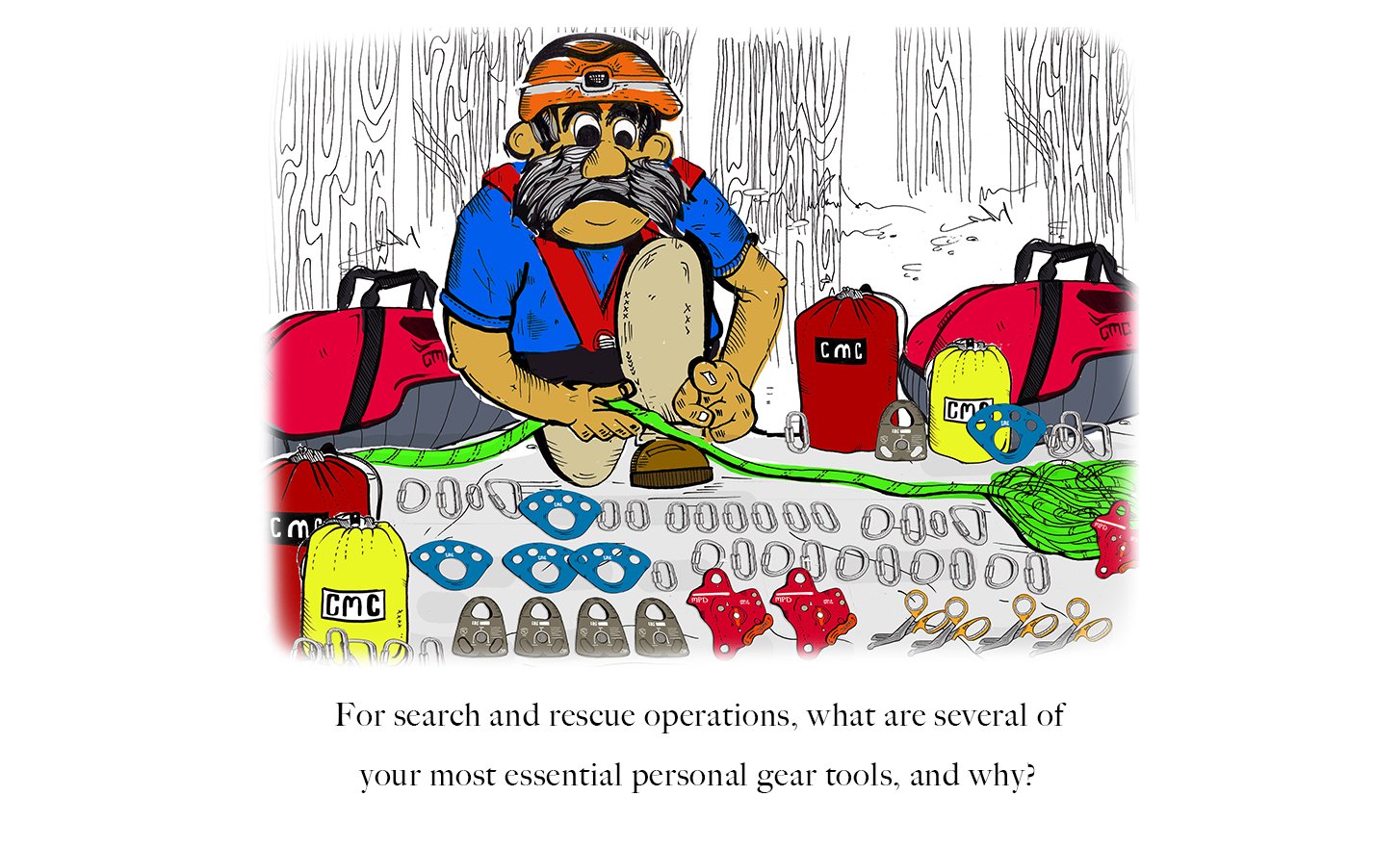
Roger That: Essential Personal Gear Tools for Rescue
He asked, you answered. Learn what other rescue professionals never leave home without.
In Case of Emergency…
- Proper clothing: Weather and terrain can greatly influence the choices and affect the outcome and endurance of resucers. Structural fire fighting gear is not suited for most rescues. Packing lightweight wind breaking/water resistant outer wear can save a rescuer from becoming a victim to exposure. Don’t forget the hat and gloves too!
- Water: Hydration is essential to survivability. A backpack style container can hold 100 oz. or more and offers compartments to carry all the other things on this list. Add sugar free electrolyte powder to provide extra benefits to your hydration!
- Flashlight and extra batteries. Daytime rescues can end in disaster at dusk for rescuers. LED’s use much less battery power than incandescent bulbs.
- Survival whistle: The sound travels better than a voice yelling and you can hit the whistle for longer periods than you can yell.
- Multi Tool: Small but versatile tool with a knife, pliers, can opener, saw and cutters can be used for lots of needs.
- Compact coil of cordage: 100’ of 6.5mm Prusik rated cordage can be used to create shelter, provide stability on inclines, hoist/lower gear, lashing/tie off for rescues
- Carabiner: At least one which can be used in conjunction with 6.5mm cordage to provide rigging and friction for inclined descents, etc.
- Tick repellant and sun screen: Effects of exposure to the sun tick-borne diseases and illness can last long after the rescue is over.
- Waterproof matches or lighter: You may need to build a fire for warmth or to signal others.
- Emergency blanket: Can be used to provide warmth to you and the victim or to create shelter with cordage
***Honorable Mention: Toilet Paper and sanitary wipes……self explanatory. Keep it in a Zip Lock bag to keep it dry!
Steve K.
Lebanon, Pennsylvania
Do You Copy?
It’s obviously going to depend on the type of call. But outside of the harness and helmet, I probably use my radio the most in my position. I always need that handy and close by to run the operation and keep tabs with the progress and keep communication open, so having my chest harness for my radio right on me is one of my most used tools. In the gear realm, my Petzl GriGri 2 allows me to move up and down the rope and inspect things at the edge with ease and then my 4:1/5:1 Block and Tackle (Jigger System) is always close by if not attached to my hip to help with quick issues that come up or to attach myself to a litter quickly and be able to move up and down.
Jared H.
Certified Pro Guide & Instructor, Utah
Beyond Standard PPE
For Urban SAR ( Disaster response / Tornado devastation etc.) besides the standard necessary PPE, some of the things I promote in responders’ personal gear:
- 60 Feet of Nomex fire escape line in a pouch. For use as a search line, escape line, tie back or tie up line. Also an escape friction device.
- Several lengths of tubular webbing. Same reason.
- Door chocks.
- 2 prusiks
- Several locking aluminum Ds.
- Adjustable head LED flashlight with standard type replaceable batteries. Because expensive lithium batteries go dead quick, Same with rechargeables.
- A couple of cheap puck lights. They are inexpensive and great for marking ways in and out
- Electrical current test pen. (Beeping type) Because you never know what is still on or powered. (You should already have a Hot Stick available)
- Klein Tools D2000 Side Cutters, Hardened Jaws can cut steel wire. When interiors collapse wire can present entanglement hazards. The same with wires that support suspended tile ceilings
- Tin Snips. For those pesky metal frames on suspended ceilings.
For Remote / Rural / Wilderness SAR, besides the PPE that is standard, we promote:
(As we say In Illinois, a remote area is anything not readily accessible by a tractor or ATV.)
- Adjustable head LED flashlight with standard type replaceable batteries. Because expensive lithium batteries go dead quick, Same with rechargeables.
- Spare LED flashlight that uses the same batteries, and carry extra batteries.
- Several cheap puck lights. They are inexpensive and great for marking trails, ways in and out, or just a little extra light.
- Several lightweight locking Ds
- 1 or 2 prusiks
- 2 or 3 pieces of tubular nylon webbing in assorted lengths,
- Multitool and a good knife.
- And for every team, a light weight “access pack” with 2 CMC ringed attachment straps,12 lightweight aluminum Ds, prusiks, assorted webbing friction device, 2 rigging plates, 1 double pulley, 1 single pulley, 100 to 150 feet of rope, seat harness. 2 kits together can give you all sorts of options if you have to make a fast access to a victim.
- And most importantly, a Bar of Fells-Naptha hard soap, or small bottle of Dawn dish soap, because the Poison Ivy /Oak/ Sumac seems pretty bad this year.
Thank you for asking! I enjoy the articles and blogs, and I am always amazed and learning great new things! I have been involved in Emergency Services for 44 years now, and I am astounded just how much more there is to learn out there.
John C.
EMS
Top 3 for Me
Helmet, because I store stuff in my head that I really need right then and may need later.
Gloves, because I use my hands to do most everything needed on a rescue and I also use them to earn a living so I don’t want them damaged.
Leatherman Charge Multi-tool, because it can help me with so many different things from untying a tight knot to removing a splinter to sawing off a limb (from a tree, not the patient)
Rocky H.
Search and Rescue, Portland Mountain Rescue
Got something to add? We’d love to hear it. Post your answer in the comments!


